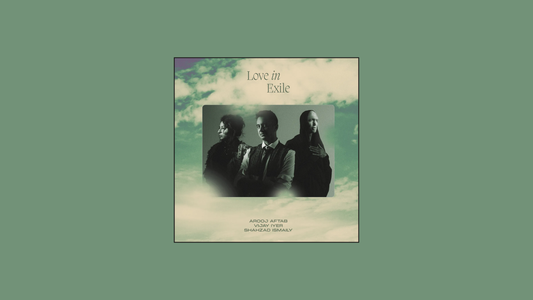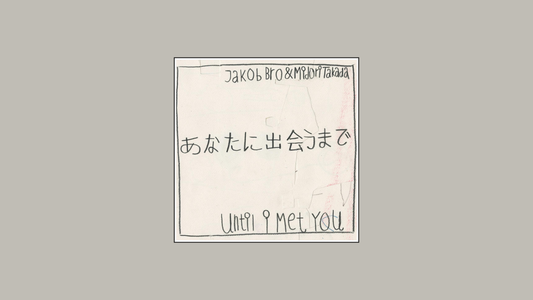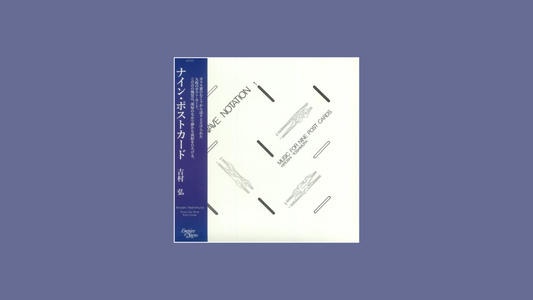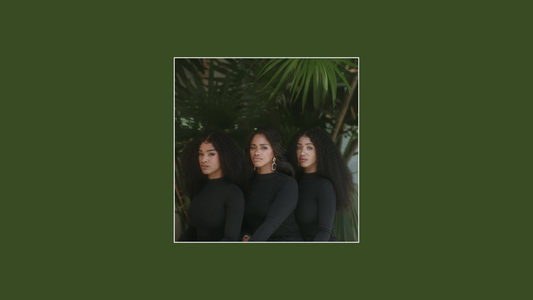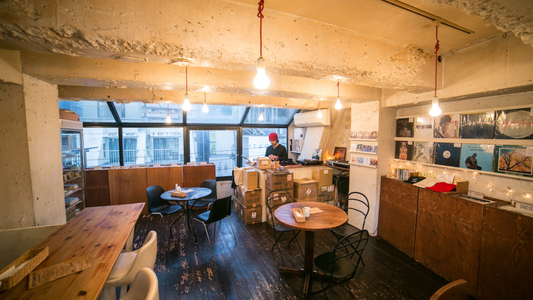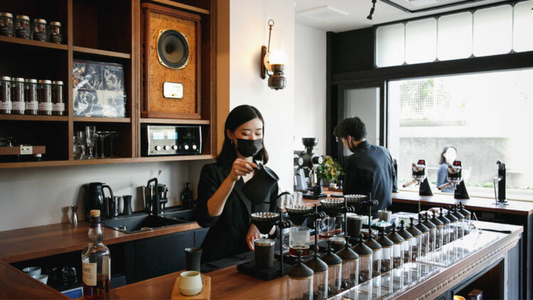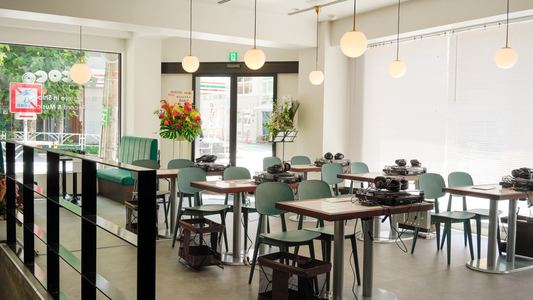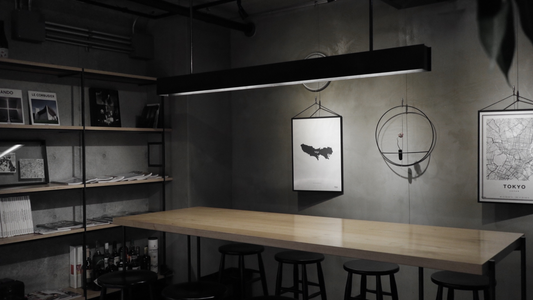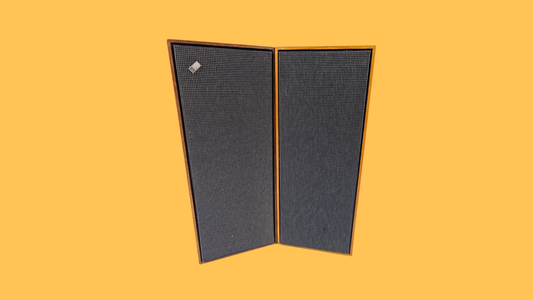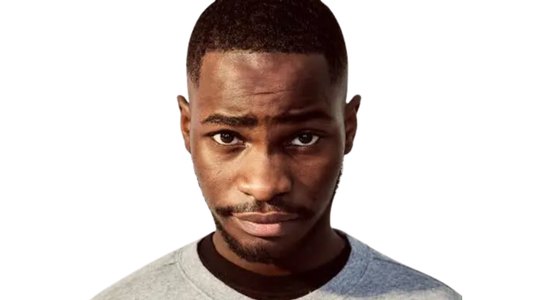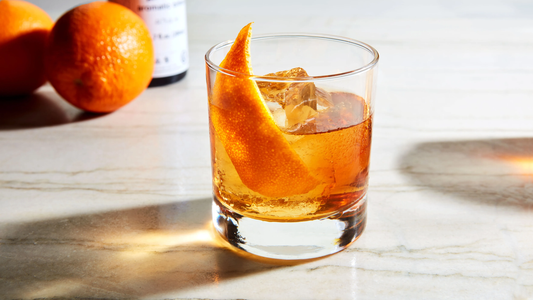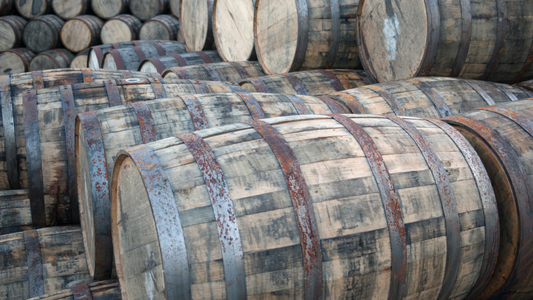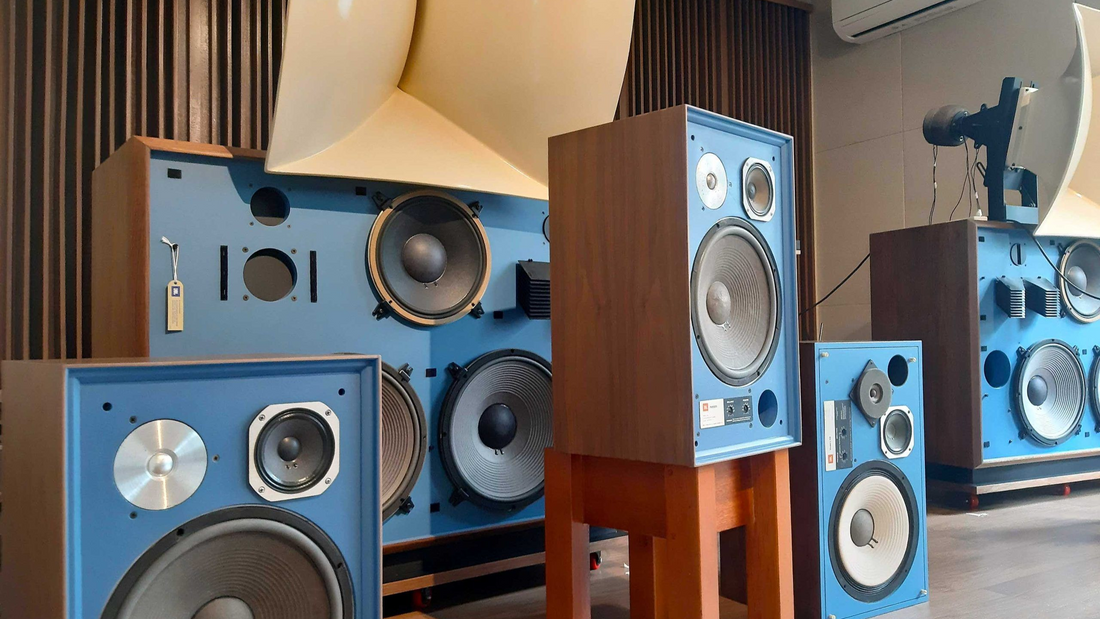
JBL — Studio Monitors That Became the People’s Voice
By Rafi Mercer
There is a certain geometry to American sound — wide, bold, confident enough to fill a room without apology. Few companies embody that geometry more than JBL. Born in Los Angeles in 1946, James B. Lansing’s brand began as a builder of cinema and studio loudspeakers, but its voice soon escaped the confines of the control room. Today, in listening bars from Tokyo basements to Brooklyn lofts, JBL’s big studio monitors continue to speak with the same authority: sound as architecture, as presence, as a force that reshapes space.
The lineage is storied. The 4310, launched in the late 1960s, became the template for what a studio monitor should be — a compact box that delivered honesty and punch, finding fame in recording rooms from Capitol to Motown. Its domestic twin, the L100, carried the same DNA into living rooms, its orange foam grille becoming a pop-cultural icon. Larger models like the 4350 and 4430 took things further, offering scale and slam that could anchor horn-driven rooms and auditoriums alike. Wherever music needed to be both accurate and alive, JBL was there.
In Japan, that voice found a second home. From the 1970s onwards, jazz kissaten adopted JBLs as their loudspeaker of choice, trusting their efficiency, scale, and durability to fill wood-panelled rooms with the depth of Blue Note and Impulse! pressings. To this day, many Tokyo bars still run vintage 4350s or custom-restored models, their blue baffles glowing under dim light like totems of fidelity. The marriage of Japanese devotion to listening and American monitor muscle created a culture that has endured for half a century.
I remember a night in Shibuya, in a bar where a pair of 4430s sat almost casually behind the counter, their horns angled into the room. A Coltrane quartet record spun on Technics decks, and the sound wasn’t delicate or precious — it was physical. The saxophone projected with body, the bassline dug into the floor, the drums hit with club-level presence. Patrons weren’t just hearing; they were inhabiting the music. That is the JBL effect: sound that is not confined to the ear but felt in the chest, in the walls, in the weight of the room.
Compared with the burnished glow of Tannoy or the cinema grandeur of Altec, JBL is more forward, more urban. It is not the sound of the parlour; it is the sound of the street translated indoors. Perhaps that is why it works so well in listening bars: it brings energy without sacrificing detail, authority without losing warmth. A bar with JBLs declares itself not a sanctuary but a stage — a place where music is meant to live out loud.
The aesthetic is part of the charm. The blue baffles, the industrial grilles, the sheer size of the cabinets — these are speakers that refuse to be invisible. They sit in the room like furniture, like sculpture, unapologetic in their presence. For many patrons, the sight of a pair of JBLs is as much reassurance as the whisky menu: you know immediately that this bar takes sound seriously.
Even now, with endless boutique loudspeakers on the market, JBL vintage monitors remain in demand. Restored, upgraded, revered, they continue to serve as the backbone of spaces built for listening. They remind us that fidelity is not always about delicacy — sometimes it is about projection, about confidence, about music that fills the room like light.
In the end, JBL gave listening bars a voice — big, bold, democratic. A people’s monitor that became a culture’s loudspeaker. And every time those horns open up in the dim glow of a bar, that voice still carries.
Rafi Mercer writes about the spaces where music matters. For more stories from Tracks & Tales, subscribe, or click here to read more.
